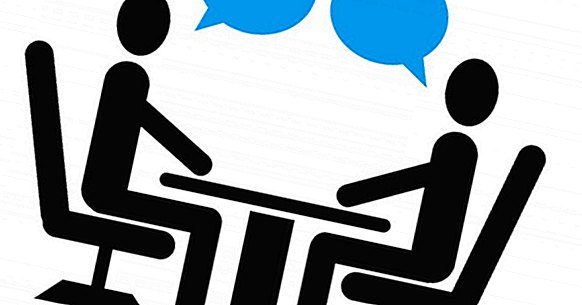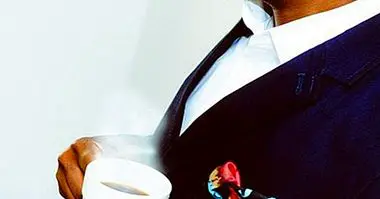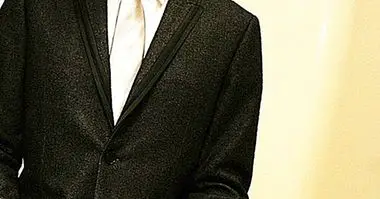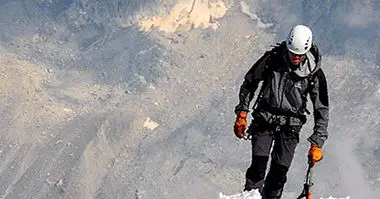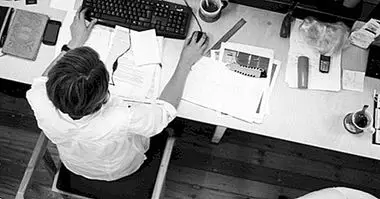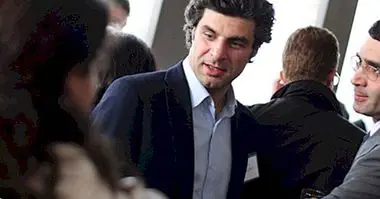11 gestures prohibited in a job interview
It is true that it is impossible to read the minds of people observing their gestures, but that does not mean that in the world of non-verbal language there are no codes of behavior.
They are not norms that teach us in classrooms or that we have had to memorize reading texts, of course, but, even without realizing it, we are always judging what kind of postures and movements speak well of a person and which speak ill of her.
The fact of knowing how to use or not this code or "label" of non-verbal communication affects us in many facets of our life, but if there is a context in which this dimension of our behavior is decisive, it is in the job interview, where the person interviewing us will try to know as much as possible about us in the minimum time.
Gestures and postures avoid in a selection process
Below you can see The most common mistakes during a job interview in regards to non-verbal communication .
1. Weak handshake or "hand fillet"
The handshake is usually the first contact with the person who is going to interview us, and therefore It has great importance as a way to make a first impression in the most literal sense . In this situation, some people can get a very weak grip (what is known as "steak hand") because of nerves or because they feel intimidated by the situation.
It is important to avoid this: the grip must be firm, to show assertiveness and avoid showing a passive attitude. Further, It must be accompanied by a direct look into the eyes of the other person .
2. Hands in the pockets
When nerves appear, it is common to realize that "you have a pair of hands" and you do not know what to do with them. We are so afraid of making mistakes that we begin to question all our possible movements, and that paralyzes us. One of the solutions to this is to end the problem by making our hands disappear inside the pockets. However, it is a bad idea .
Having your hands in your pockets during a job interview or during the transition between the handshake and the time we are going to sit in the chair that the other person offers us causes the impression of passivity and insecurity. The alternative to this is to let the arms hang normally and use your hands to gesture accompanying our speech.
3. The crossing of arms
Crossing the arms appears as a solution to the nerve problem indicated above. But nevertheless, it's even worse than putting your hands in your pockets , since it is a less discreet gesture and also denotes an attitude to the defensive.
4. Pounce on the table
Once seated before the table where the interview will take place, it is important to maintain an upright position , making the back and thighs maintain a 90 degree angle. To advance the body on the table supporting a lot of weight in the arms is a gesture of fatigue and causes bad image because it is considered unprofessional.
5. Touch your head
Another reaction to stressful situations is touching certain parts of the head and face. Normally, these are the nose, mouth or hair. It is important to keep an eye on yourself to make sure that this does not happen as a repetitive act , because it hinders communication by forcing someone to keep their eyes somewhat low or to hide part of the face behind the hand and arm.
6. Avoid eye contact
Keeping our eyes fixed on the face and eyes of the person who interviews us when he speaks to us is essential. However, it is important that, instead of focusing on the eyes, we worry more about not looking at her eyes, that is, becoming aware of when we break eye contact instead of during eye contact, what otherwise it can cause us to worry too much about the image we give and stop paying attention to what is being said to us.
7. Support the head in the hand
Holding the weight of the head on one arm can be an automatic gesture that appears as a response to stress and fatigue that the situation of having to manage our role during the interview. However it is something that we have to avoid completely, among other things because it makes our position become asymmetric, which gives an image of fatigue and disinterest.
8. Getting too close
It is important to bear in mind that a job interview belongs to the professional field, in which personal distances are greater than during informal treatment. That must translate into our non-verbal language and we must leave a space between us and the interviewer or interviewer .
9. Maintain an oblique posture
Positioning yourself diagonally with respect to the person interviewing us is an automatic reaction that some people have when they want to hide a part of their face or prefer not to reveal their entire body. This is interpreted as a sign of insecurity and a strategy to stay defensive .
10. Bend your back
Staying in a stooped position while sitting is very common in people unaccustomed to sitting properly and, besides being bad for the health, it gives bad image, to the being sign of fatigue .
11. No gesturing
Nerves can cause us to "freeze" the entire body and limit ourselves to talking . This turns our message and our expression into something empty of nuances and uninteresting. It is advisable to accompany what we say with gestures of hands and arms at the same pace in which we speak.

